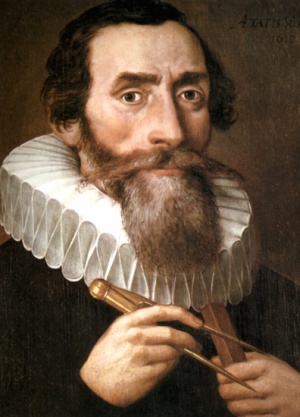Kepler's Third Law
Lesson idea. Kepler's third law gives an opportunity for students to explore real world data using GeoGebra. Johannes Kepler (1571-1630) was a German astronomer who studied the motion of the planets in the solar system. Based on experimental data he proposed three “laws” – or hypotheses – about the way the planets orbit the sun. Later, Isaac Newton produced mathematical proofs of these laws under the assumption that the force of attraction between the Sun and a planet at any time is proportional to the reciprocal of the square of their distances apart at that time. His third law expresses the relationship between the period of a planet’s orbit (T) and its mean distance from the Sun (D).
Teaching approach. This lesson features a ‘real life’ example for students to explore GeoGebra. The focus on ‘real life’ increases student motivation.
The activity engages pupils in group talk(i), mathematical thinking(i) and vocabulary(i). This open ended(i) task encourages higher order(i) thinking, and encourages whole class(i) discussion(i)/questioning(i) and inquiry(i) projects. (edit)
| Resource details | |
| Title | Kepler's Third Law |
| Topic | |
| Teaching approach | |
| Learning Objectives | By the end of the activity students should be able to understand how a mathematical software modelling and visualisation tool such as GeoGebra can be used to explore 'real life' mathematics. |
| Format / structure | wiki page with downloadable .doc version |
| Subject | |
| Age of students / grade | |
| Table of contents | |
| Additional Resources/material needed | |
| Useful information | |
| Related ORBIT Wiki Resources | |
| Other (e.g. time frame) | |
| Files and resources to view and download | The first resource is an overall description of the activity with examples. This is the accompanying GeoGebra application: A table of planetary data can be found at the National Earth Science Teachers Association (USA) website: Windows To The Universe: http://www.windows2universe.org/our_solar_system/planets_table.html Have a look at the TI-Nspire STEM booklets (Galloway, Oldknow & Tetlow), such as “Using Real World Data” http://www.nationalstemcentre.org.uk/elibrary/resource/715/stem-activities-with-ti-nspire for other ideas for modelling using these techniques. |
| Acknowledgement | |
| License | |

